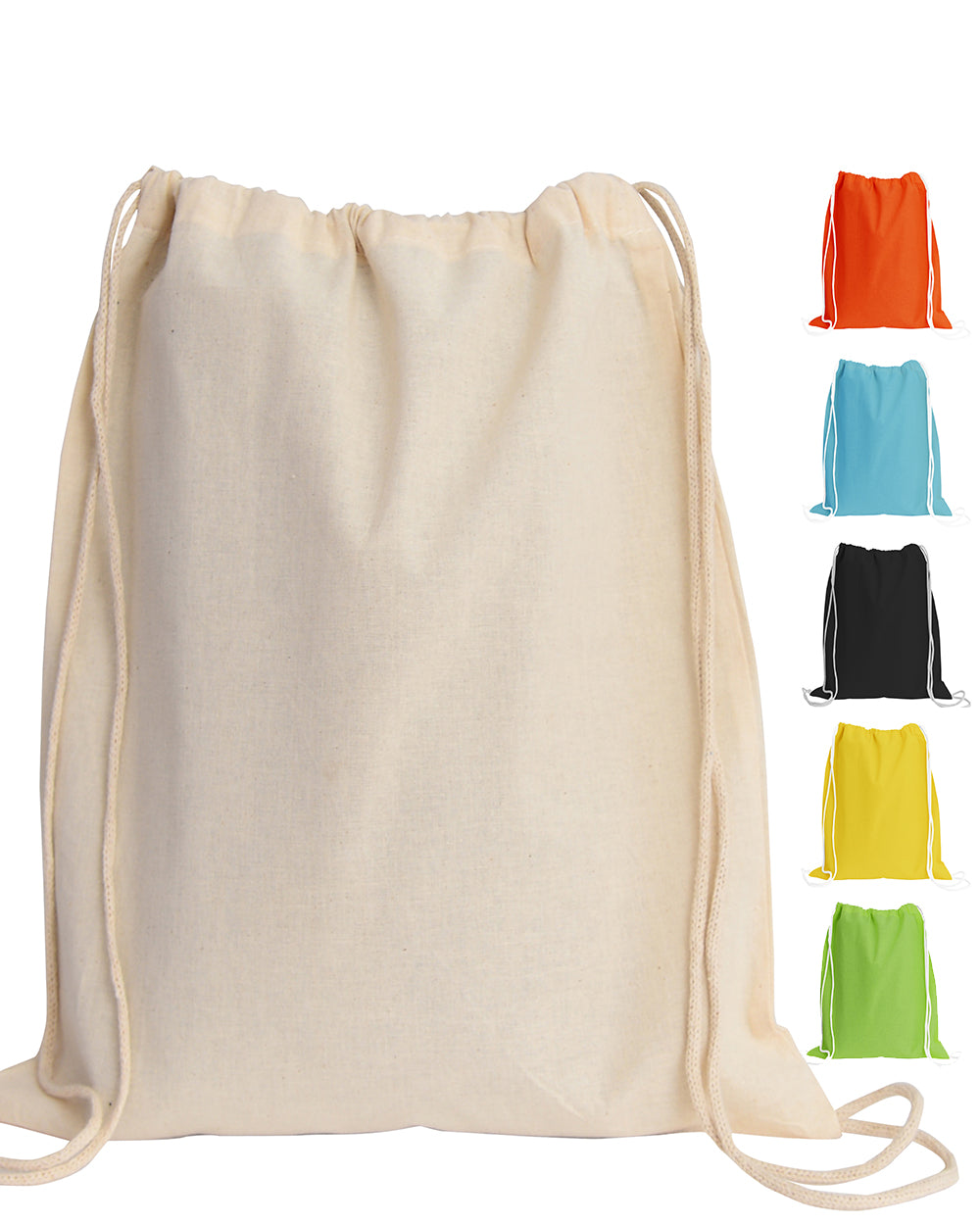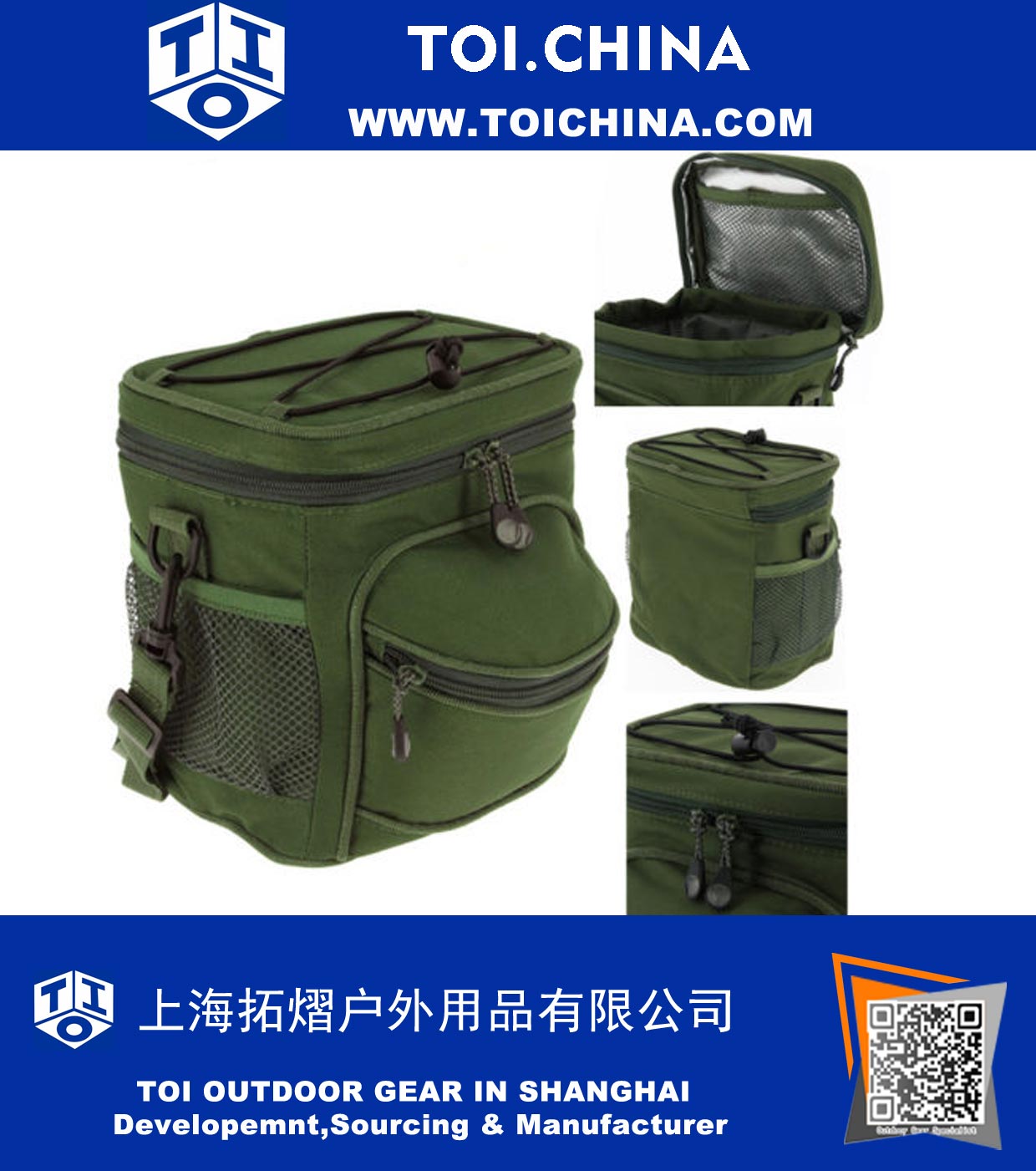Designing handbags for manufacturing involves concept creation, material selection, technical specification, prototyping, and partnering with a reliable maker.
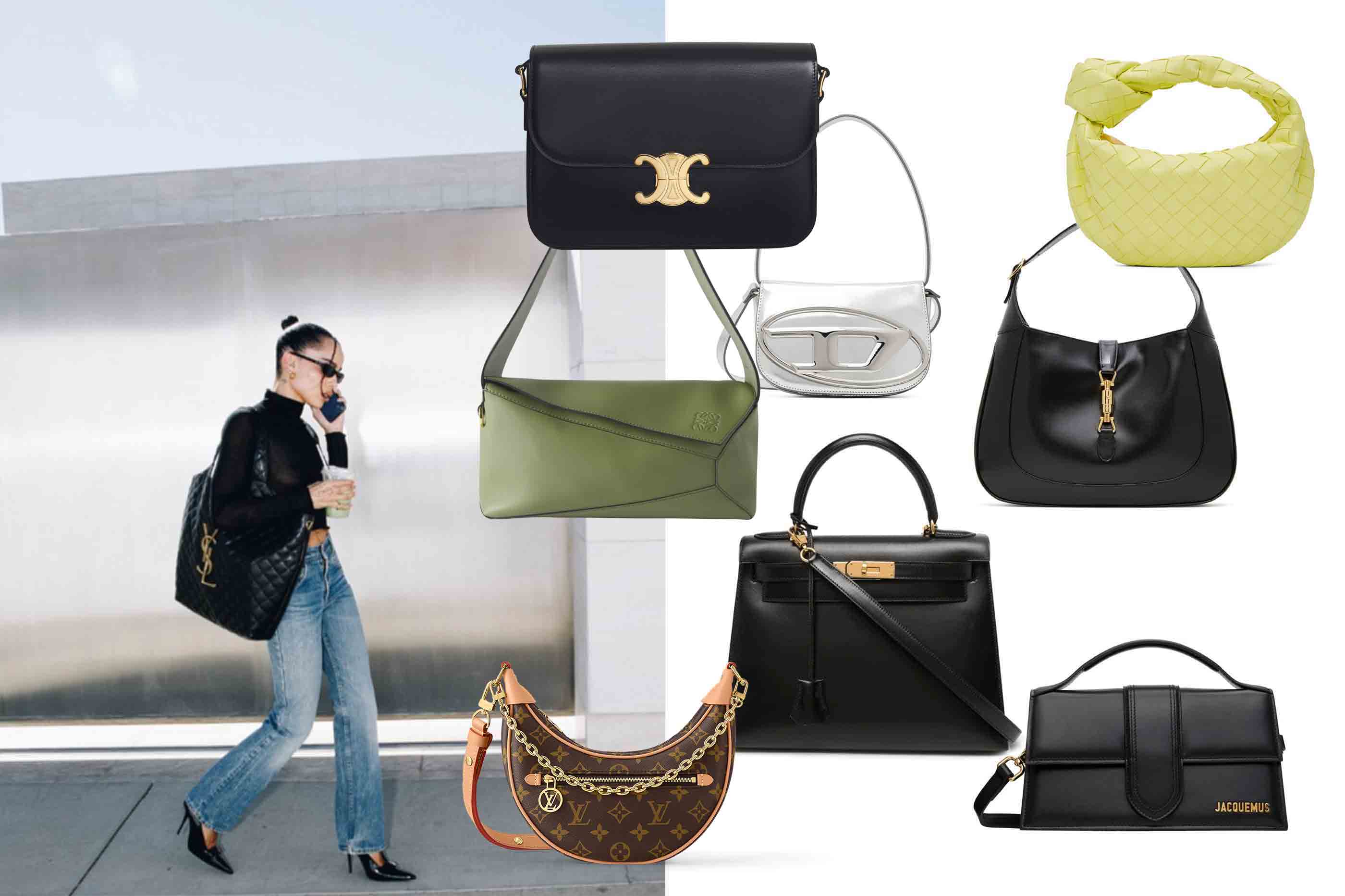
Transforming a creative vision for a handbag into a market-ready product requires a detailed and systematic approach. The journey from a simple sketch to a finished piece involves a blend of artistic design and precise technical planning. For brands, understanding each step is critical to ensuring the final product aligns with their quality standards, brand identity, and production budget. This process bridges the gap between imagination and tangible, sellable reality, laying the groundwork for a successful collection.
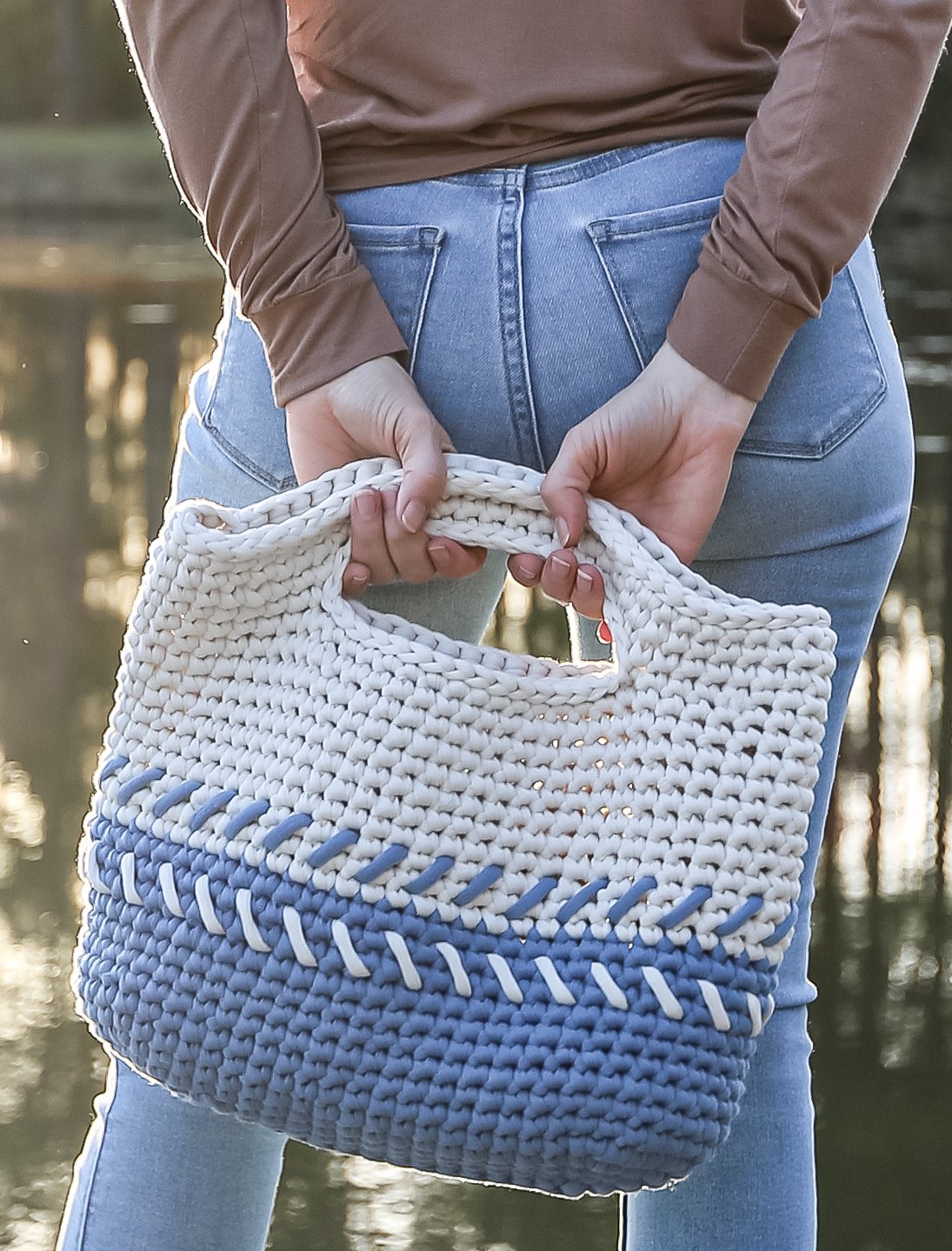
Table of Contents
- Establishing Your Foundation: Brand Identity and Market Position
- The Creative Development Phase: From Idea to Initial Design
- What Are the Best Materials for Handbag Production?
- Creating the Technical Blueprint: The Importance of a Tech Pack
- The Prototyping and Sampling Stage: Bringing Your Design to Life
- How to Choose the Right Manufacturing Partner
- Preparing for Full-Scale Production
Establishing Your Foundation: Brand Identity and Market Position
Before the first sketch is drawn, a successful handbag design begins with a strong strategic foundation. The initial and most crucial step is to define your brand identity and identify your target audience. Who are you designing for? A deep understanding of your ideal customer—their lifestyle, aesthetic preferences, and purchasing power—will inform every decision, from material choices to the final price point. Consider what problems your handbag will solve. Is it designed for the daily commuter who needs organization and durability, or is it a statement piece for special occasions?
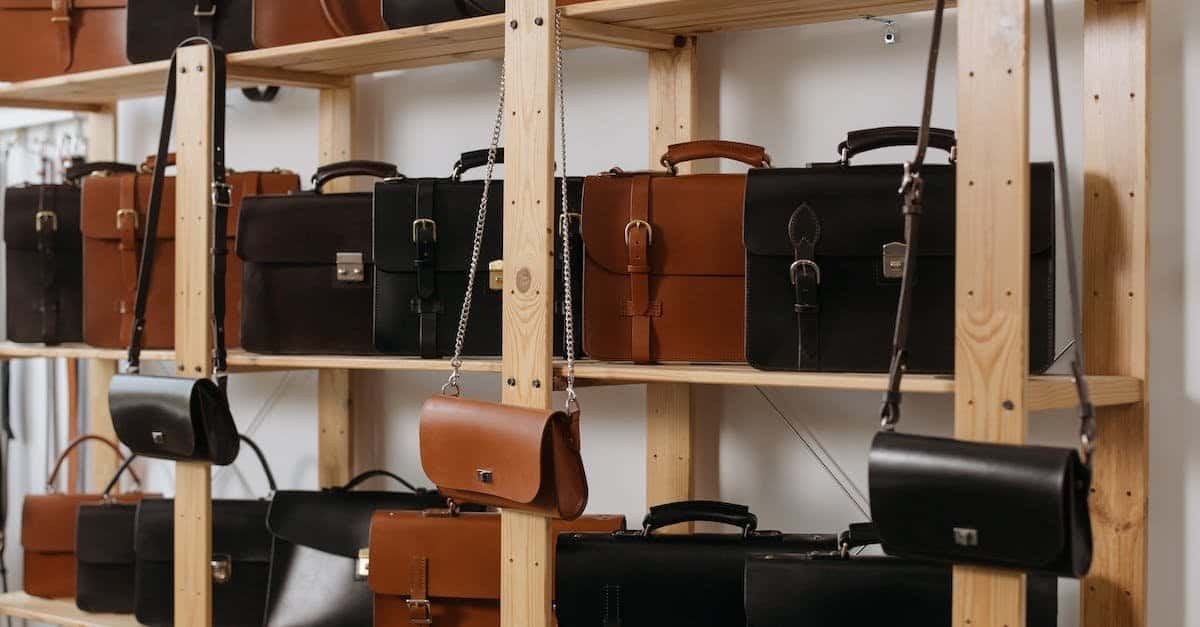
Answering these questions helps establish a clear market position. Analyze your competitors to identify gaps in the market and opportunities for differentiation. Your brand’s unique value proposition—whether it’s unparalleled craftsmanship, sustainable materials, or an innovative design—must be evident in the product. This foundational work ensures your handbag is not only beautiful but also commercially viable and resonant with the right customers.
The Creative Development Phase: From Idea to Initial Design
With a clear strategy, the creative process can begin. This phase is about translating your brand identity and market insights into a visual concept. Start by gathering inspiration. Create a mood board that captures the essence of your collection. This can include color palettes, fabric textures, architectural shapes, historical fashion references, and hardware finishes. The mood board serves as a visual guide, ensuring a cohesive aesthetic throughout the design process.
Next, move on to sketching. These initial sketches do not need to be perfect technical drawings; their purpose is to explore silhouettes, proportions, and key features like pockets, straps, and closures. Experiment with different shapes and sizes, always keeping your target customer and the bag’s intended function in mind. How will it be carried? What needs to fit inside? Refining these initial ideas into a few strong concepts is the goal. This stage is iterative, allowing you to fine-tune the design before committing to more technical specifications.
What Are the Best Materials for Handbag Production?
The materials you choose are the soul of your handbag. They dictate its appearance, durability, feel, and price. A thoughtful selection process is vital for creating a product that meets both aesthetic goals and quality expectations. This involves sourcing not just the primary exterior material but also the hardware, lining, and structural components.
Choosing Your Leather
For leather goods, the type and grade of the hide are paramount. The choice of leather significantly impacts the bag’s structure, aging process, and overall character. Understanding the differences is essential for matching the right material to your design.
| Leather Type | Characteristics | Best For |
|---|---|---|
| Full-Grain | Highest quality leather with the complete grain intact. Extremely durable, breathable, and develops a rich patina over time. | Luxury bags, durable work totes, and products where longevity is key. |
| Top-Grain | The second-highest quality, where the outermost layer has been sanded and refinished. More resistant to stains than full-grain but less durable. | Fashion handbags that require a uniform, flawless finish. |
| Suede/Nubuck | Created from the inner split of the hide, resulting in a soft, napped finish. Less resistant to stains and water. | Accent details, slouchy bags, or products where a soft texture is desired. |
Working with a manufacturer that has deep expertise in leather sourcing is invaluable. At Beldura Leather, we specialize in premium full-grain and top-grain leathers, ensuring that every product we craft is built on a foundation of quality and durability. Our knowledge helps brands select the perfect hide to bring their vision to life.
Selecting Hardware and Zippers
Hardware is the jewelry of a handbag. It includes everything from buckles, clasps, and zippers to studs and logos. The quality of your hardware is a direct reflection of your brand’s standards. Poor-quality hardware can tarnish, break, or feel flimsy, undermining an otherwise well-made bag. When selecting hardware, consider both the material (such as solid brass or zinc alloy) and the finish (like polished nickel, antique brass, or matte black). Ensure the zippers are smooth and reliable, opting for reputable brands whenever possible. Every piece of hardware should complement the design and be robust enough for its intended function.
Deciding on Lining and Interior Fabrics
The interior of a handbag is just as important as the exterior. The lining contributes to the bag’s structure and user experience. Common choices include cotton, microsuede, or a durable synthetic fabric. The lining should be strong enough to withstand daily use without tearing. Consider the color and pattern of the lining as another opportunity for branding or adding a “surprise and delight” element for the customer. A light-colored lining, for example, makes it easier for users to find items inside their bag.
Creating the Technical Blueprint: The Importance of a Tech Pack
A “tech pack,” or technical package, is the single most important document in the manufacturing process. It is the comprehensive blueprint that communicates every detail of your handbag design to the manufacturer. Without a detailed tech pack, you risk misinterpretation, errors in production, and costly delays. It ensures that you and your production partner share the exact same vision.
A complete tech pack must include several key components:
- Specification Sheet: This includes detailed flat sketches of the handbag from all angles (front, back, side, top, bottom) with precise measurements for every component.
- Bill of Materials (BOM): A list of every single material required, including the type of leather, lining fabric, hardware model numbers, thread color, and any reinforcements.
- Construction Details: Written instructions and visual callouts explaining how the bag should be assembled. This includes stitch types, seam allowances, and details on how to attach handles, pockets, and closures.
- Colorway Information: Specifies the colors for all materials for each version of the bag you plan to produce.
- Packaging Instructions: Details on how the final product should be packed, including stuffing, dust bags, and labels.
Creating a thorough tech pack demonstrates professionalism and minimizes ambiguity. It is the language that transforms your design from a concept into a reproducible product.
The Prototyping and Sampling Stage: Bringing Your Design to Life
Once the tech pack is complete, the next step is to create a physical sample. The prototype is the first tangible version of your design, and it is an essential step for testing and refinement. Holding a physical sample allows you to evaluate the bag’s proportions, weight, functionality, and overall feel in a way that sketches and digital mockups cannot. You can test if the straps are comfortable, if the pockets are well-placed, and if the bag opens and closes as intended.
This stage is a collaborative process between the brand and the manufacturer. After receiving the first sample, you will provide feedback on what works and what needs to be changed. This might involve adjusting a measurement by half an inch, changing the stiffness of an internal material, or swapping out a piece of hardware. Several rounds of samples may be necessary to perfect the design. While it can be time-consuming, investing in the sampling process is crucial for preventing much larger and more expensive problems during bulk production.
How to Choose the Right Manufacturing Partner
Selecting a manufacturer is one of the most significant decisions a handbag brand will make. Your partner’s capabilities, communication, and values will directly influence the quality of your product and the smoothness of your operations. When evaluating potential manufacturers, look for key attributes that align with your brand’s needs.
First, assess their expertise and specialization. A manufacturer that specializes in leather goods, like Beldura Leather, will have the specific machinery, skilled artisans, and material knowledge required for high-quality production. Ask to see examples of their previous work. Second, evaluate their communication and collaboration process. A good partner acts as an advisor, providing feedback on your design to improve its manufacturability. They should be responsive, transparent, and easy to work with.
Also, consider their ethical standards and production capacity. Ensure their practices align with your brand’s values regarding labor and material sourcing. Inquire about their Minimum Order Quantities (MOQs) to ensure they can accommodate your brand, whether you are a startup or an established company looking to scale. A great manufacturing partner is more than just a vendor; they are an extension of your team, committed to helping you build a successful brand.
Preparing for Full-Scale Production
With a perfected sample and a trusted manufacturing partner, you are ready to move toward full-scale production. This final phase involves locking in financial details and establishing clear standards to ensure every unit meets your expectations.
Finalizing Costs and Pricing
Your manufacturer will provide a final per-unit cost based on the approved sample. This price will account for all materials, labor, and overhead. It is essential to understand this cost completely before placing a purchase order. This final “cost of goods” is the foundation for determining your wholesale and retail pricing. A common strategy is to use a keystone markup (doubling the wholesale price for retail), but this can vary. Your pricing must cover your production costs, overhead, marketing expenses, and desired profit margin while remaining competitive within your target market.
Establishing Quality Control Standards
Before production begins, establish a clear Quality Control (QC) checklist with your manufacturer. This document outlines your standards and tolerance for potential issues. It should specify what constitutes an acceptable product versus a defective one. Points to cover include stitch consistency, hardware alignment, color matching, and material integrity. Agreeing on these standards upfront protects both you and the manufacturer. A robust QC process, which may include inspections during and after production, ensures that the final products delivered to you or your customers are of the consistent, high quality that your brand represents.

